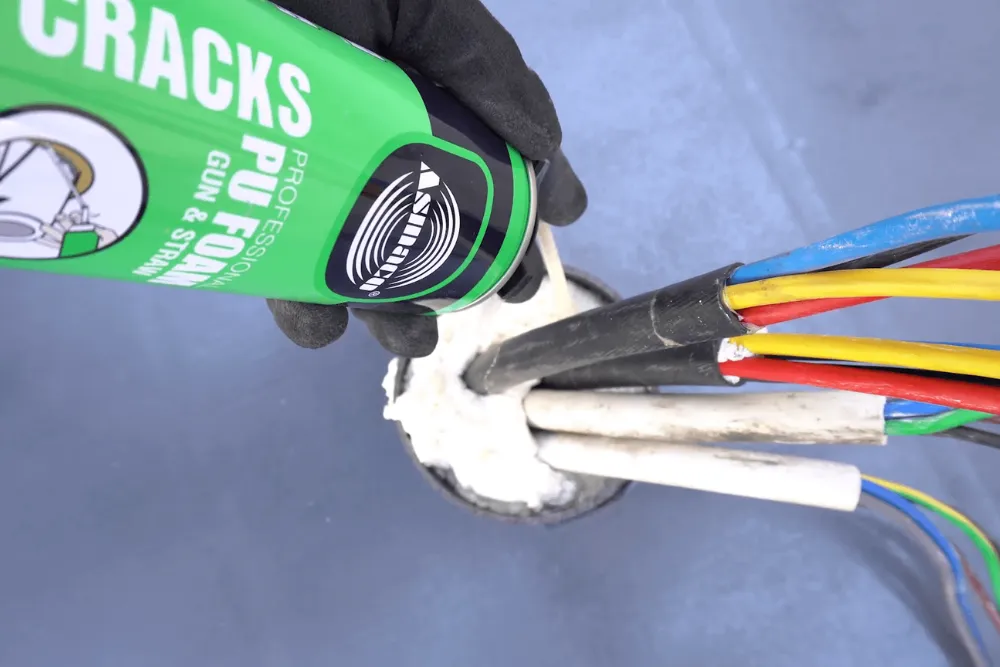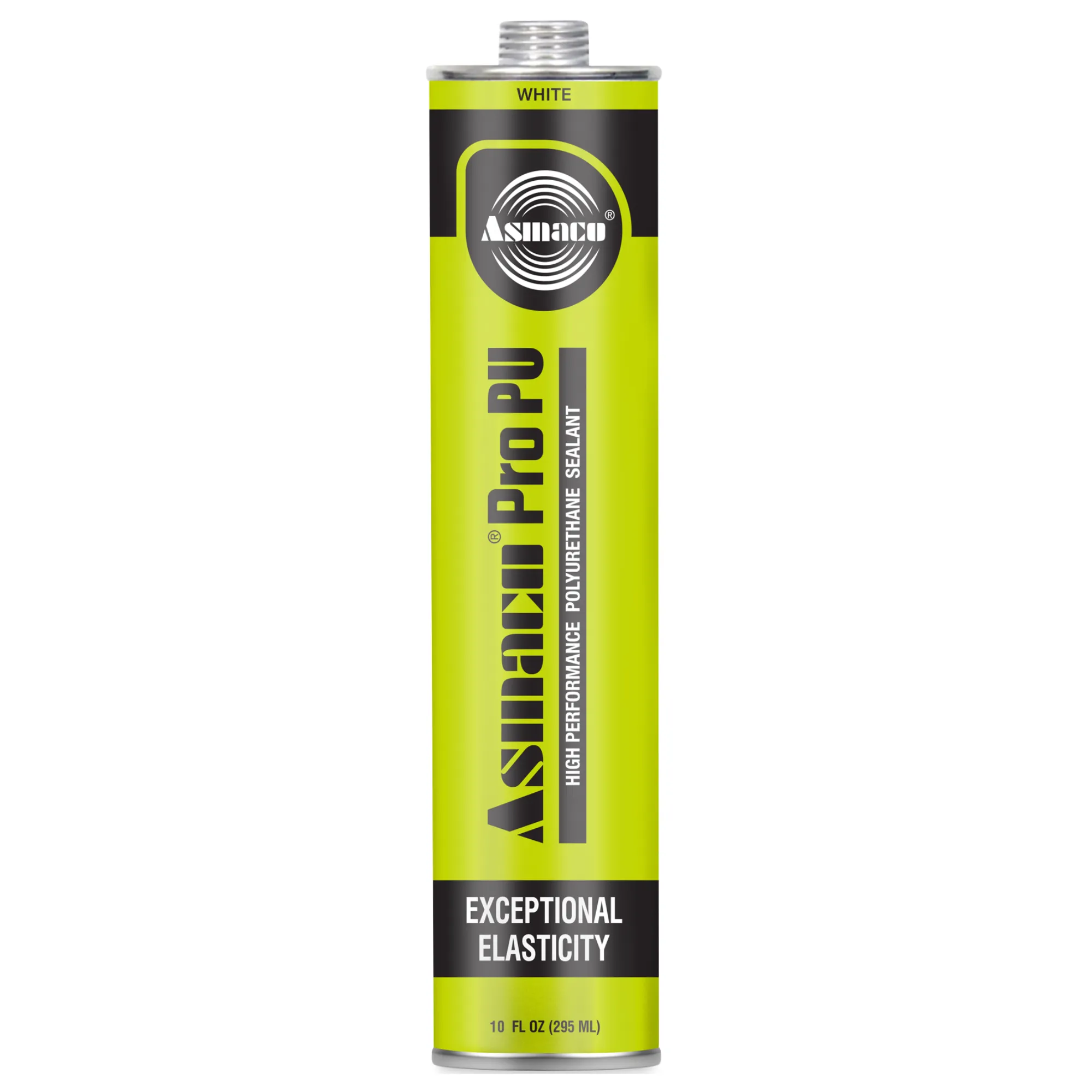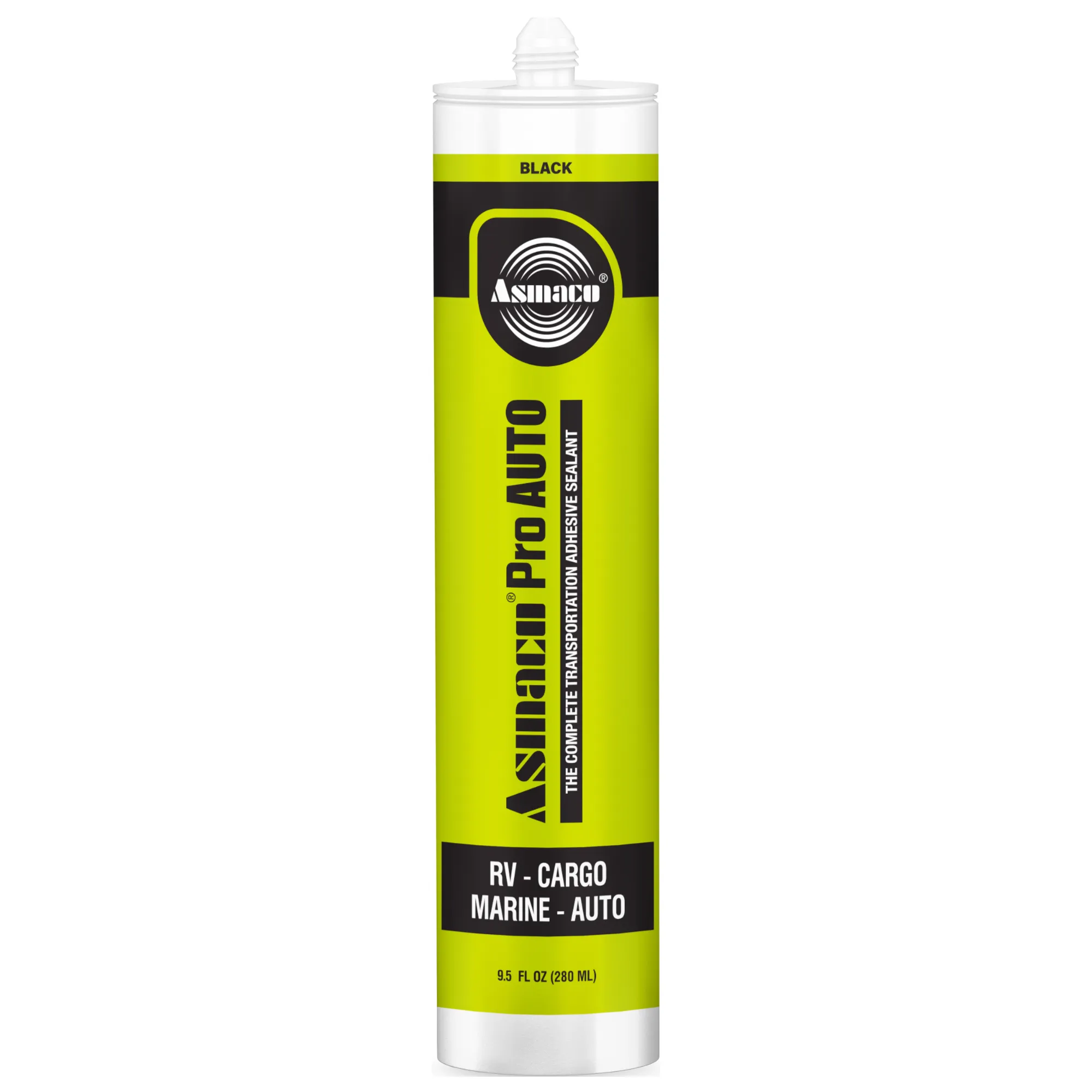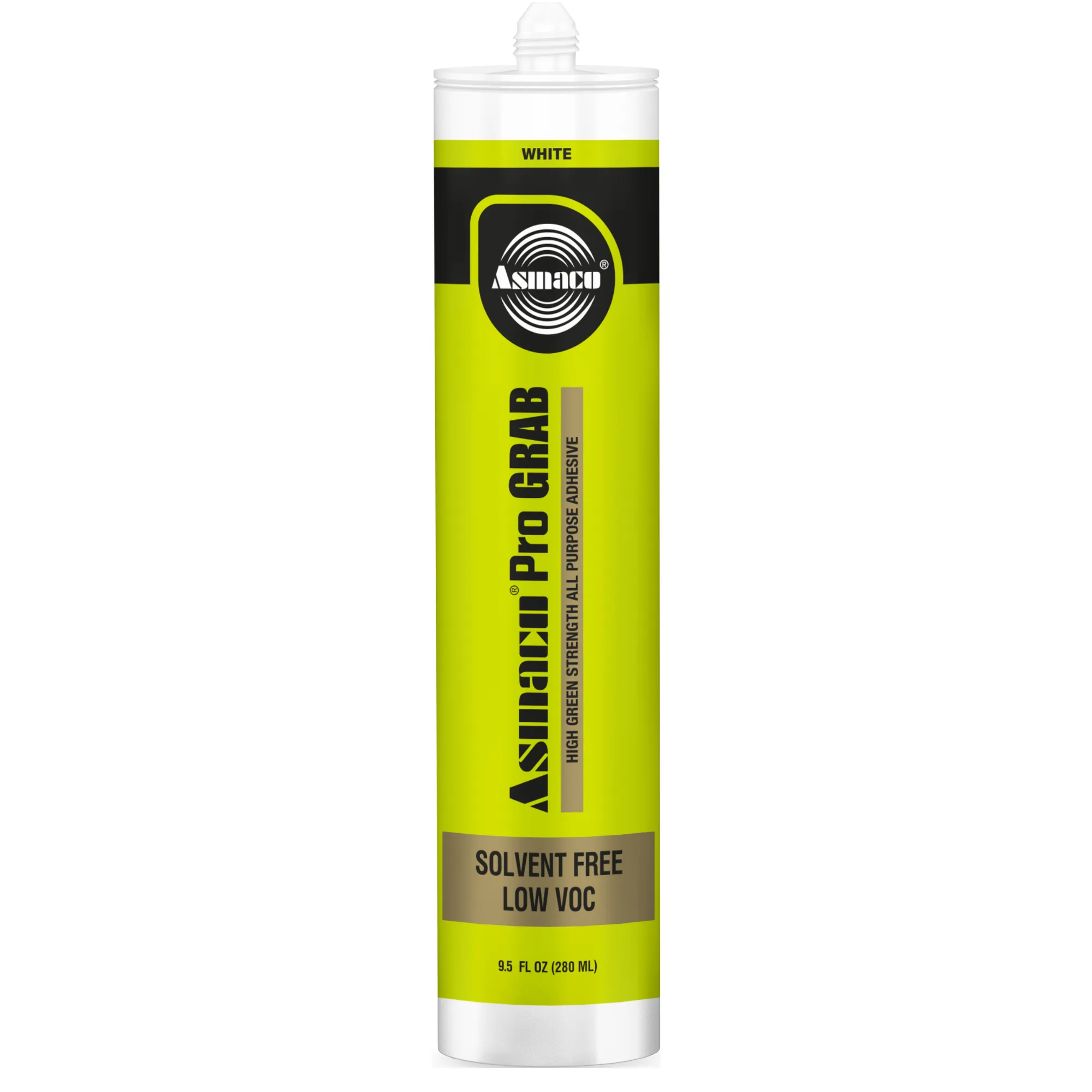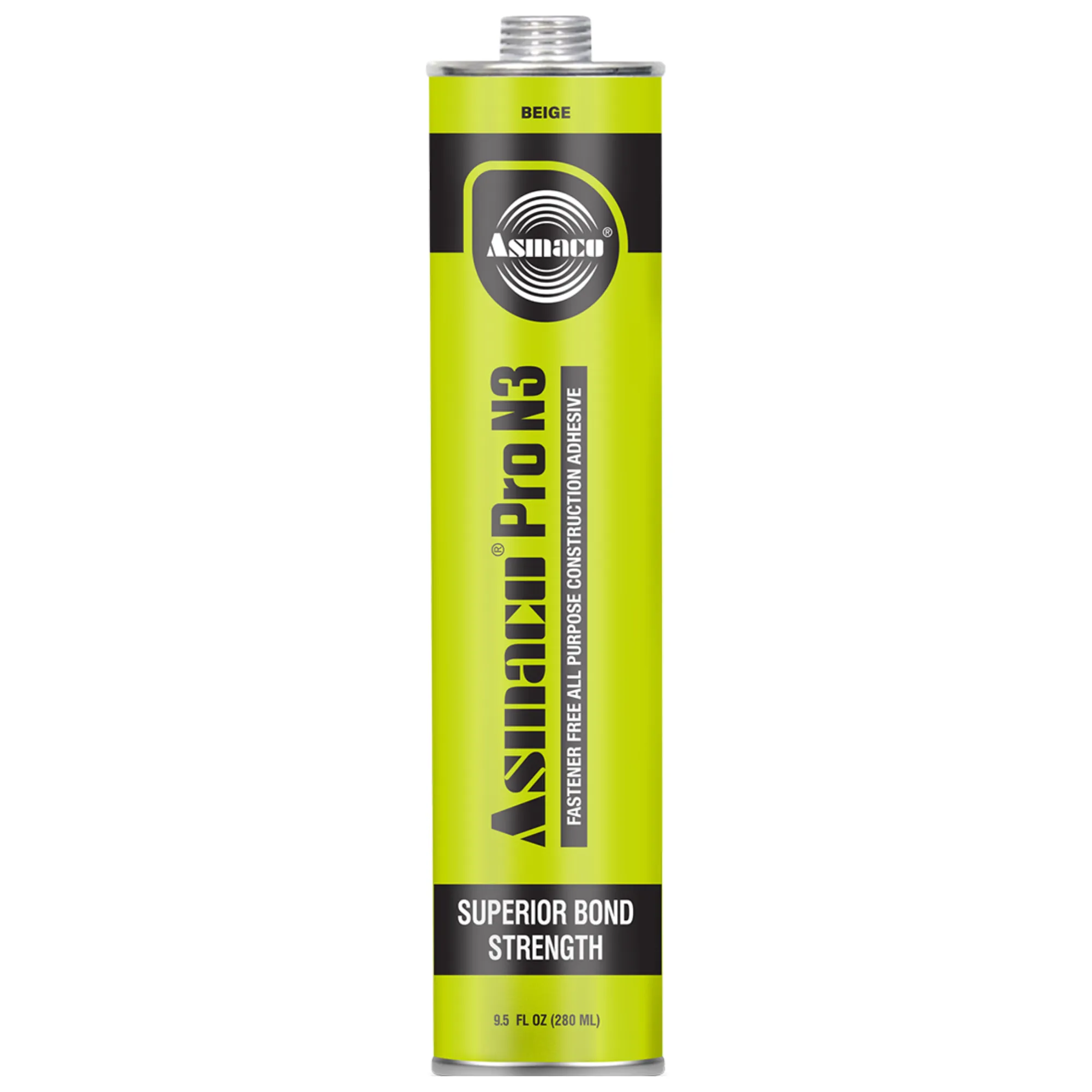Polyurethane (PU) foam spray is a high-quality, widely-used material used to perform multiple functions in building and construction. It is often applied to seal gaps, cracks, and cavities and offers excellent thermal insulation against temperature fluctuations and noise.
Insulated PU foam assists contractors, suppliers, and distributors improve building efficiency and durability. This guide explains the top benefits of PU foam spray and offers easy-to-follow tips for using it practically in various applications.
What is Insulating PU Foam Spray?
It is a liquid polyurethane that expands and hardens upon application. It creates a solid insulating barrier. This product is most suitable for construction works where cracks can lead to energy loss or noise infiltration. PU foam spray is handy because it can insulate spaces that would be difficult or impossible to reach using other materials.
The Benefits of Insulating PU Foams
Energy Efficiency
PU foams act as insulators that prevent energy loss through gaps and cracks in walls, windows, and doors. It reduces the heat or cold air escaping a building, reducing heating and cooling costs.
Enhanced Comfort
PU foam helps prevent drafts and minimize temperature fluctuations, which makes the interior environment more comfortable. It also blocks out noise from the outside, increasing comfort within structures and other buildings.
Versatility
This type of foam works well for all kinds of gap and crack filling. Due to its versatility, it is commonly used in the construction and building industry. It can be applied to walls, floor slabs, ceilings, and any other surface, including around penetrations through the floor or wall for pipes or electrical conduits.
Durability
Once set, the polyurethane expanding foam is rigid and durable. It will not deform or deteriorate for years, keeping its rigidity and insulation properties. This makes it a good choice for areas requiring a long-term seal.
Applications for PU Foam Spray
Sealing Gaps and Cracks
PU foam is widely used in construction to close gaps and cracks in a building’s structure. Gaps and cracks professional PU foam is a product designed to handle these spaces. It provides an airtight seal that prevents air leaks and drafts.
PU Foam For Window and Door
PU foam for windows and doors is ideal for sealing gaps around window and door frames. It seals irregular gaps, enhances the insulation, and ensures no cold or hot air can enter or escape.
Plumbing Access Points
PU foam is also helpful in sealing off spaces around pipes or plumbing openings, which are typically potential weak spots for air infiltration and, thus, energy loss.
Dryer Vents and Rim Joists
PU expanding foam is also excellent for sealing dryer vents and rim joists, which can be useful areas to insulate, minimize air movement, and increase the building’s energy efficiency.
How to Use PU Foam for Maximum Insulation
Doing it right is essential to getting the most out of PU foam spray. Here’s a step-by-step guide to ensure maximum insulation and durability.
Prepare the Area
Before applying PU foam, the surface should be devoid of dust and moisture. Several factors, such as dust, grease, or moisture, can affect the bonding of the foam. You should clean the surface first. After cleaning, moisturize the surface with water to accelerate the curing process and improve the foam’s internal structure. It is also essential to wear gloves and goggles because when working with PU foam, one is likely to get sticky stains on the skin.
Choose The Right Foam for a Job
PU foam comes in various forms, so select the most appropriate one for your application. If you are working on big gaps or gaps and cracks, use professional PU foam for those purposes. Get PU foam intended for windows and doors.
Apply the Foam Carefully
Shake the can, tilt it, and slowly apply the foam. PU foam foams up very fast, so only apply a little and let it expand to cover the gap or crack. Remember, it’s always easier to fill up more foam than to overdo it and accidentally spill it over.
Allow the Foam to Cure
After application, wait until the foam has dried completely. Foam curing time can be different depending on the type and quantity of foam, but as a rule, it takes some hours to become rock hard. Avoid disturbing the foam during this period, as moving it can affect its insulation properties.
Trim and Finish
After the foam has fully cured, a utility knife can cut off any excess. This step is vital for applications near windows and doors where an ideal surface finish is required. You can then paint or cover the trimmed foam using whichever method best suits the surrounding area.
How to Use PU Expanding Foam to the Optimum
Temperature Matters
The foam’s temperature and surroundings greatly affect its ability to expand and set. PU foam should be used in a moderate-temperature environment, between 60-80°F (15-27°C), to get the best result.
Avoid Overfilling
Since the PU foam is expanding, it is recommended to use a small quantity first and then let it expand to cover the gap. Excessive application results in spillage and may change the look or performance of the foam in some areas, including the door and window sills.
Practice on a Test Area
If you are a beginner in PU foam, apply it to a specific area to understand how the product expands and cures.
Work from Bottom to Top
Sealing should be done from the base, moving upwards for large areas. This keeps the foam from flowing out or expanding excessively, which might lead to sagging or dripping.
Common Mistakes to Avoid When Using PU Foam
Avoid these common mistakes to make the most of PU foam for insulation.
Skipping the Cleaning Step
When foam is applied to a dirty surface, it is not well adhered to, which may lead to gaps or cracks in the insulation. Always clean the area first.
Ignoring Curing Time
PU foam requires some time to cure, so just be patient enough. If you try to move or touch the foam in any way before it has completely set, then you can compromise the insulation.
Using the Wrong Foam Type
Not every polyurethane (PU) foam is the same. For example, you should use professional PU foam for large spaces, gaps, and cracks. For windows and doors, you should use PU foam that has less expansion and does not distort the frames.
Conclusion
Insulating PU foams offer a practical solution for contractors, building material suppliers, and distributors. You can achieve excellent insulation and energy efficiency by filling gaps, cracks, and cavities with PU foam. Remember to choose the right type of foam for each application. You should apply it carefully and follow the tips for curing and trimming to get a professional finish. PU foam for windows, doors, and general construction can greatly affect a building’s comfort, efficiency, and longevity.
Note: The information provided in this article is for general knowledge purposes only and is not intended to replace the specific instructions or guidelines of the product manufacturer. Always refer to the manufacturer’s instructions for product use. The benefits and applications of PU foam may vary depending on factors such as your project requirements, the condition of the area being treated, and other unique circumstances. It is recommended to consult a professional for specific installation advice and to ensure compliance with local building codes and regulations.

